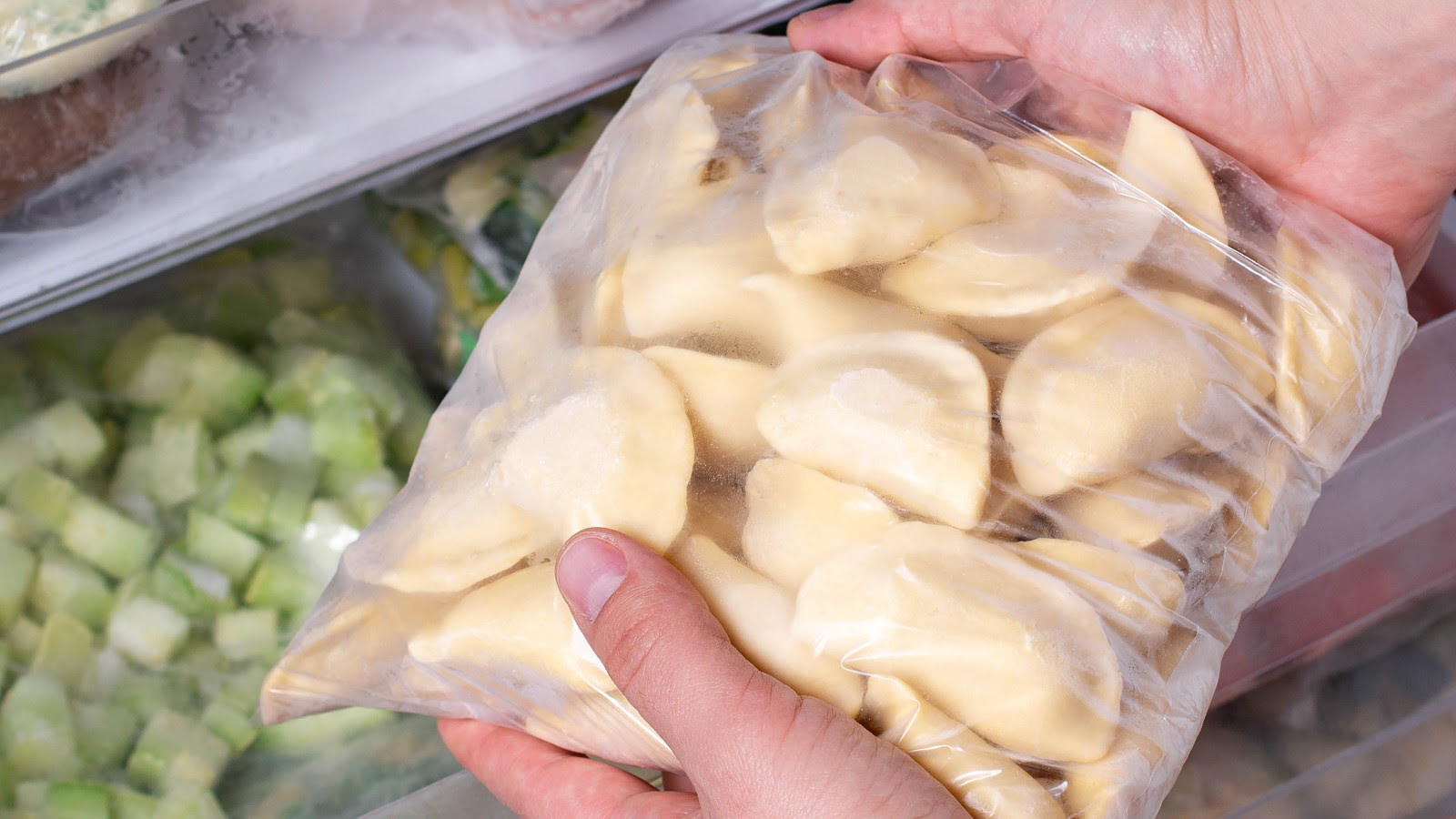

Articles
How To Store Dumplings
Modified: May 6, 2024
Learn the best way to store dumplings with our helpful articles. Keep your delicious dumplings fresh and tasty for longer!
(Many of the links in this article redirect to a specific reviewed product. Your purchase of these products through affiliate links helps to generate commission for Storables.com, at no extra cost. Learn more)
Introduction
Whether you’ve made a large batch of dumplings at home or have some leftovers from your favorite restaurant, knowing how to store dumplings properly can help you enjoy them later without compromising their flavor and texture. With the right storage method, you can preserve the delicious taste of your dumplings and have a quick and convenient meal ready whenever you want.
In this article, we will explore the different ways you can store your dumplings, from refrigeration to freezing, and provide you with some tips on how to ensure they remain fresh and tasty. So, let’s dive in and learn how to store dumplings like a pro!
Key Takeaways:
- Store dumplings in the refrigerator for short-term freshness, or freeze them for long-term enjoyment. Proper cooling, packaging, and labeling are essential for maintaining their delicious flavor and texture.
- When reheating frozen dumplings, choose from steaming, boiling, pan-frying, or deep-frying methods. Follow proper thawing techniques and packaging tips to ensure they taste just as delightful as when freshly made.
Read more: How To Store Chicken And Dumplings
Choosing the Right Storage Method
When it comes to storing dumplings, you have two main options: refrigeration or freezing. The choice between the two depends on how long you intend to store the dumplings and the level of convenience you prefer.
If you plan to consume the dumplings within a couple of days, refrigeration is the way to go. This method keeps the dumplings fresh while maintaining their texture. On the other hand, if you want to store the dumplings for an extended period, freezing is the best option, as it allows you to keep them for several weeks or even months.
Consider the following factors when choosing the storage method:
- Time: Determine when you plan to consume the dumplings. If it’s within a few days, refrigeration is suitable. If it’s longer, freezing is recommended.
- Convenience: Freezing dumplings allows you to have them readily available when needed. Refrigeration, on the other hand, requires a shorter preparation time.
- Space: Consider the available space in your refrigerator or freezer. Freezing dumplings requires more space, especially if you’re storing a large batch.
Now that you have a basic understanding of the two storage methods, let’s delve into the specifics of each method to ensure your dumplings stay fresh and delicious.
Storing Dumplings in the Refrigerator
If you’re planning to enjoy your dumplings within a couple of days, storing them in the refrigerator is the best option. Follow these steps to ensure the freshness of your dumplings:
- Allow dumplings to cool: Before storing, allow the dumplings to cool down completely. This prevents condensation from forming inside the container, which can make the dumplings soggy.
- Choose an airtight container: Place the cooled dumplings in an airtight container. This helps prevent moisture and other flavors from seeping in and affecting the taste of the dumplings. Alternatively, you can wrap each dumpling individually in plastic wrap.
- Label and date: Don’t forget to label the container with the date so you can keep track of their freshness. Dumplings stored in the refrigerator are best consumed within 2-3 days.
- Reheating: When you’re ready to eat the refrigerated dumplings, you can either steam them or reheat them in a pan with a little oil until they are heated through. This will help bring back their delicious flavor and texture.
Remember, while refrigeration is a convenient way to store dumplings for a short period, they are best consumed within a few days to ensure optimal taste and freshness.
Freezing Dumplings
If you have a surplus of dumplings or want to store them for a longer period, freezing is the ideal method. Freezing helps retain the taste and texture of the dumplings, allowing you to enjoy them at a later time. Here’s how you can freeze dumplings:
- Cool the dumplings: Allow the dumplings to cool completely before freezing. This step prevents condensation from forming and causing freezer burn.
- Prepare for freezing: Line a baking sheet with parchment paper or silicone mats. Arrange the dumplings on the sheet in a single layer, making sure they don’t touch each other. The spacing prevents them from sticking together during freezing.
- Flash freeze: Place the baking sheet with the dumplings in the freezer and let them freeze for about 1-2 hours, or until they are solid. This process, known as flash freezing, ensures that the dumplings freeze individually, making it easier to portion them later.
- Transfer to freezer bags: Once the dumplings are solid, transfer them to freezer-safe bags or airtight containers. Label the bags with the date for future reference.
- Freeze for storage: Place the filled bags or containers in the freezer and make sure they are properly sealed. Dumplings can be stored in the freezer for up to 2-3 months.
By following these steps, you can freeze your dumplings and have them on hand whenever a craving strikes. Just remember to properly wrap and seal them to maintain their quality and taste.
When storing dumplings, make sure they are completely cooled before placing them in an airtight container. You can also freeze them on a baking sheet before transferring to a freezer bag for longer storage.
Packaging for Freezing
Proper packaging is key to maintaining the quality and taste of your frozen dumplings. Here are some tips on how to package your dumplings for freezing:
- Use freezer-safe bags or containers: Ensure you choose containers or bags specifically designed for freezer storage. These are made to withstand the low temperatures and prevent freezer burn.
- Remove excess air: When using bags, try to remove as much air as possible before sealing. This helps prevent freezer burn and reduces the chance of ice crystals forming on the dumplings.
- Separate into servings: If you plan to freeze a large batch of dumplings, consider separating them into smaller portions. This makes it easier to defrost and reheat only the amount you need, preventing wastage.
- Label and date: Make sure to label each bag or container with the contents and the date of freezing. This will help you keep track of how long the dumplings have been in the freezer and facilitate easier selection when choosing which ones to defrost.
Remember, proper packaging not only prevents freezer burn but also helps maintain the shape and texture of your dumplings. Taking a little extra care when packaging them will ensure they taste just as good when you are ready to enjoy them.
Read more: How To Store Uncooked Dumplings
Thawing and Reheating Dumplings
When you’re ready to enjoy your frozen dumplings, it’s important to thaw and reheat them properly to preserve their flavor and texture. Here are the steps to follow:
- Thawing in the refrigerator: The best way to thaw frozen dumplings is to transfer them from the freezer to the refrigerator. Place the sealed bag or container in the fridge and let them thaw overnight. This slow thawing process helps retain the moisture and prevents the dumplings from becoming soggy.
- Thawing at room temperature: If you’re short on time, you can also thaw the frozen dumplings at room temperature. Simply leave them on the countertop for about 20-30 minutes until they are no longer solid. However, ensure that they remain sealed to prevent any bacterial growth.
- Reheating options: Once thawed, you have several options for reheating your dumplings. The most common methods include steaming, boiling, pan-frying, or deep-frying.
- Steaming: Place the thawed dumplings in a steamer basket lined with parchment paper or cabbage leaves. Steam them over boiling water for around 10-12 minutes until they are heated through and cooked.
- Boiling: Bring a pot of water to a boil and add the thawed dumplings. Stir gently to prevent sticking, and cook for about 7-10 minutes until they float to the top and are heated throughout.
- Pan-frying: Heat a non-stick pan with a little oil over medium heat. Place the thawed dumplings in the pan and cook for about 2-3 minutes until the bottoms are golden brown. Then, add a splash of water, cover the pan, and let them steam for another 3-5 minutes until cooked and heated through.
- Deep-frying: Heat vegetable oil in a deep fryer or a deep, heavy-bottomed pot until it reaches 350°F (175°C). Carefully add the thawed dumplings and fry for approximately 4-6 minutes until they are crispy and golden brown.
Choose the reheating method that suits your preferences and equipment availability. Just be sure to monitor the cooking process closely to avoid burning the dumplings.
Remember that the cooking times may vary based on the size and thickness of the dumplings, so keep a close eye on them to ensure they are thoroughly heated.
Tips for Storing Dumplings
To ensure the best results when storing dumplings, consider the following tips:
- Freshness is key: It’s always best to store freshly made dumplings rather than leftovers that have been sitting out for a while. The fresher the dumplings, the better they will taste when reheated.
- Proper cooling: Allow the dumplings to cool completely before storing them. This prevents condensation and helps maintain their texture.
- Portion control: If you plan on freezing a large batch of dumplings, consider portioning them before freezing. This way, you can easily thaw and reheat only the amount you need, avoiding wastage.
- Separate with layers: When packaging dumplings for freezing, consider separating them with layers of parchment paper or cabbage leaves to prevent sticking.
- Airtight containers: Use airtight containers or freezer-safe bags to prevent freezer burn. Make sure to remove excess air from the bags before sealing.
- Label and date: Properly label each package with the contents and date of freezing. This will help you keep track of the freshness of the dumplings and facilitate easy selection when it’s time to consume them.
- Quality check before storage: Inspect the dumplings before storing them. Discard any dumplings that show signs of spoilage or are past their prime.
- Rotate frozen dumplings: If you have multiple batches of frozen dumplings, rotate them regularly. This ensures that older dumplings are consumed first, maintaining optimal taste and quality.
- Proper reheating: Follow the recommended reheating methods for your dumplings to ensure they are heated thoroughly and taste delicious.
By following these tips, you can maximize the storage life and flavor of your dumplings, ensuring a delightful dining experience every time you indulge in them.
Conclusion
Knowing how to store dumplings properly is essential for preserving their taste, texture, and overall quality. Whether you choose to store them in the refrigerator or freezer, following the correct methods will ensure that your dumplings remain fresh and delicious for longer periods.
When storing dumplings in the refrigerator, cool them completely before placing them in an airtight container. Label and date the container, and consume the refrigerated dumplings within 2-3 days for the best results.
For long-term storage, freezing is the way to go. Allow the dumplings to cool, flash freeze them on a baking sheet, and transfer them to freezer-safe bags or containers. Properly labeled and dated, they can be stored in the freezer for up to 2-3 months.
When it comes time to enjoy your stored dumplings, thawing and reheating them correctly is crucial. Whether steaming, boiling, pan-frying, or deep-frying, follow the recommended methods to ensure that the dumplings are thoroughly heated and maintain their original flavors.
Remember to employ some additional tips to enhance your dumpling storage experience. Keep them as fresh as possible, portion them before freezing, use proper packaging, and regularly rotate your frozen dumplings. These simple steps will help you maintain the quality and taste of your dumplings throughout their storage period.
Now that you have mastered the art of storing dumplings, you can indulge in these delectable treats whenever the craving strikes. With the right storage method and a little bit of planning, you can enjoy your dumplings with the same satisfaction as when they were freshly made.
Now that you've mastered storing dumplings, why stop there? Keeping your food fresh extends beyond just dumplings. Dive into our comprehensive guide on the best methods to ensure your groceries remain fresh and flavorful throughout the year. From innovative containers to clever preservation techniques, our upcoming article covers all you need to know about efficient food preservation. Don't miss out on these invaluable insights that could transform your kitchen routines!
Frequently Asked Questions about How To Store Dumplings
Was this page helpful?
At Storables.com, we guarantee accurate and reliable information. Our content, validated by Expert Board Contributors, is crafted following stringent Editorial Policies. We're committed to providing you with well-researched, expert-backed insights for all your informational needs.
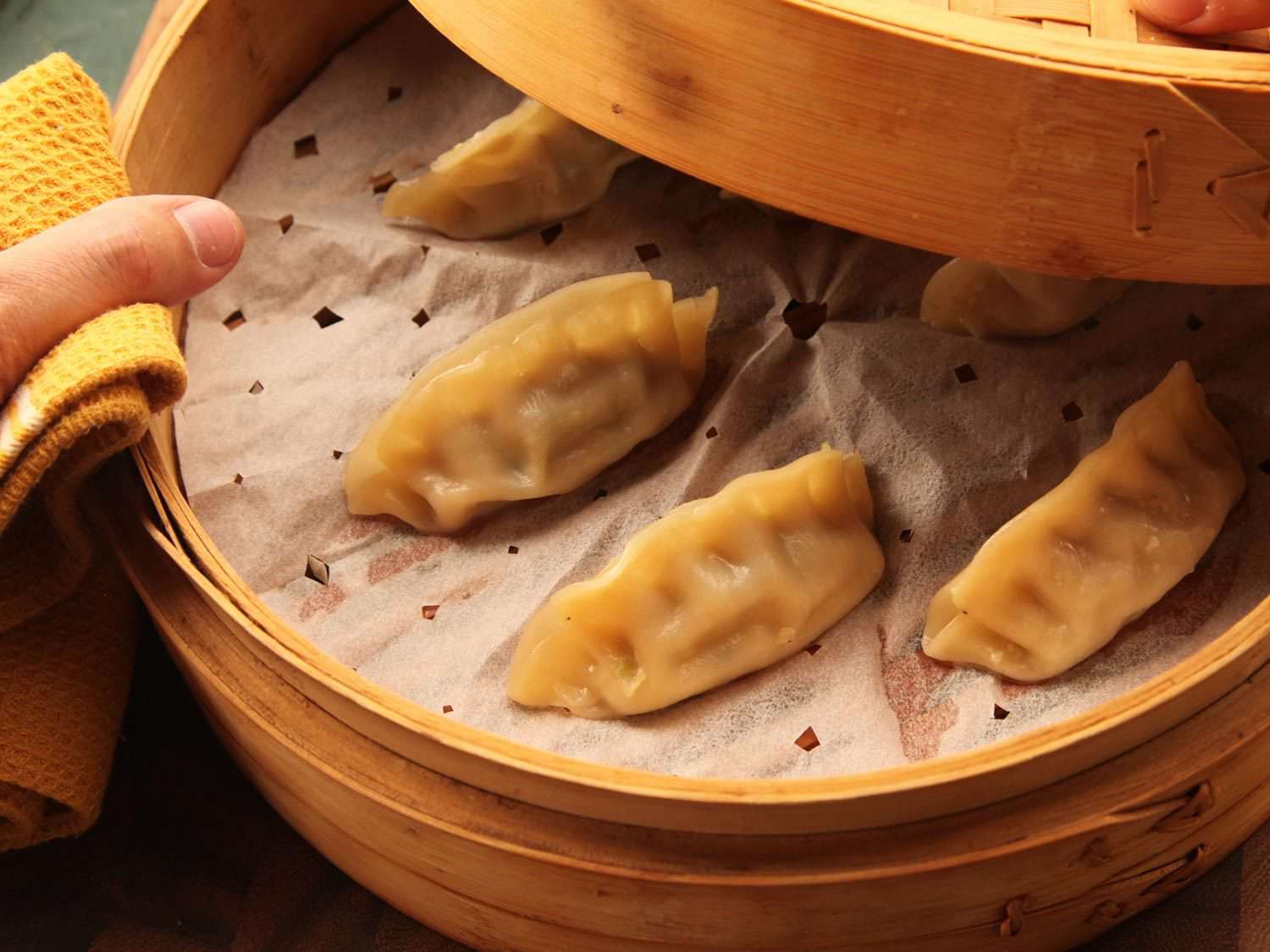
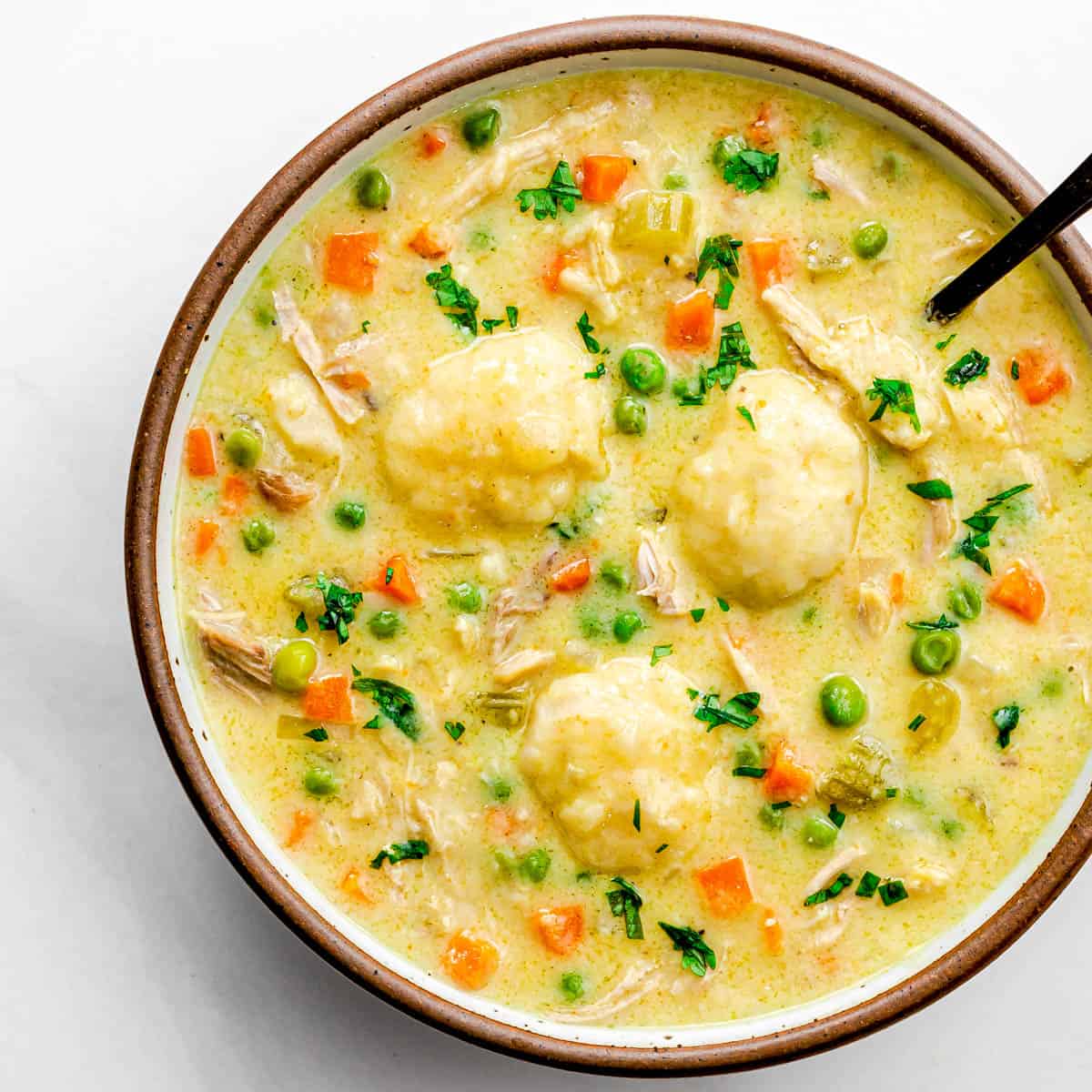
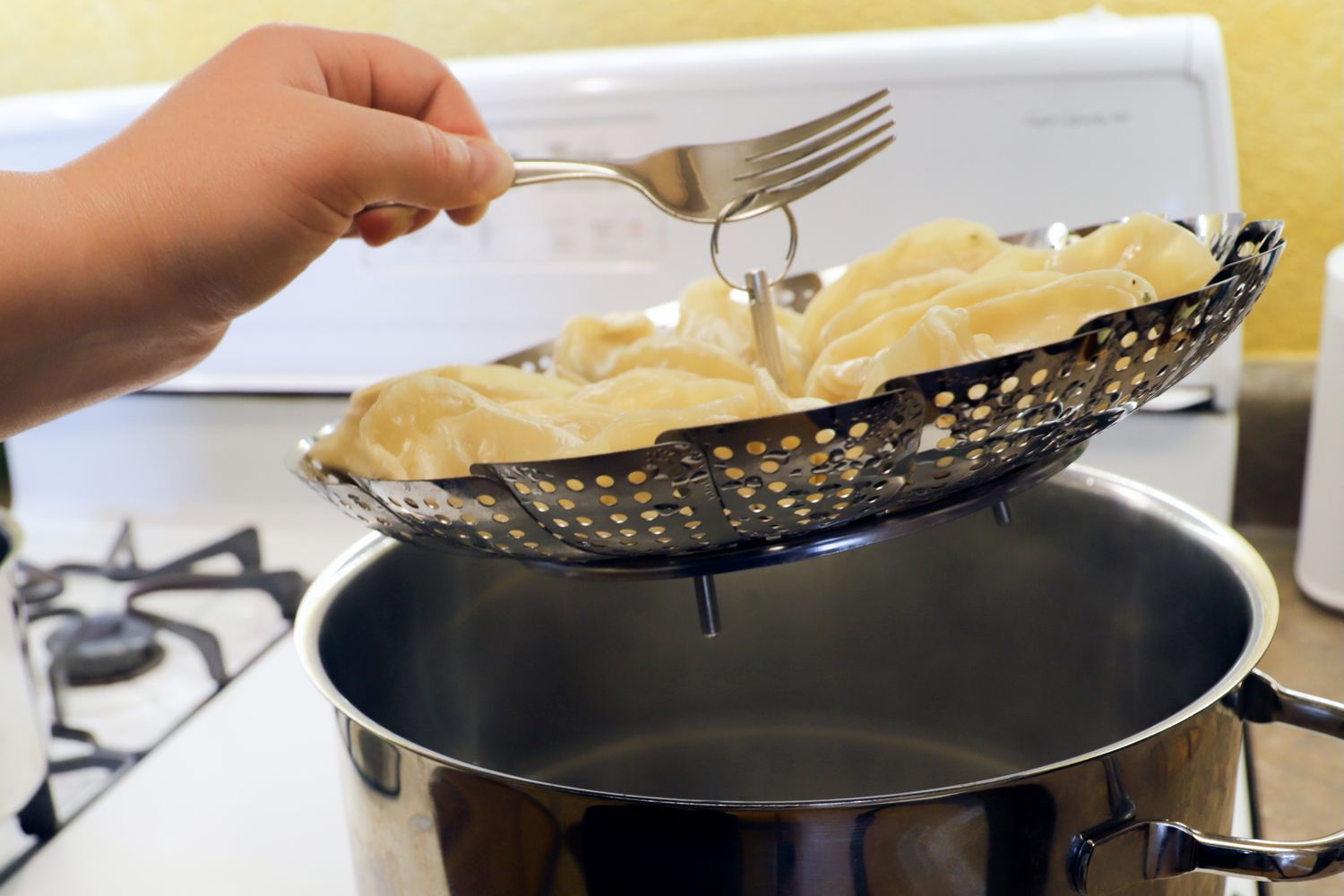
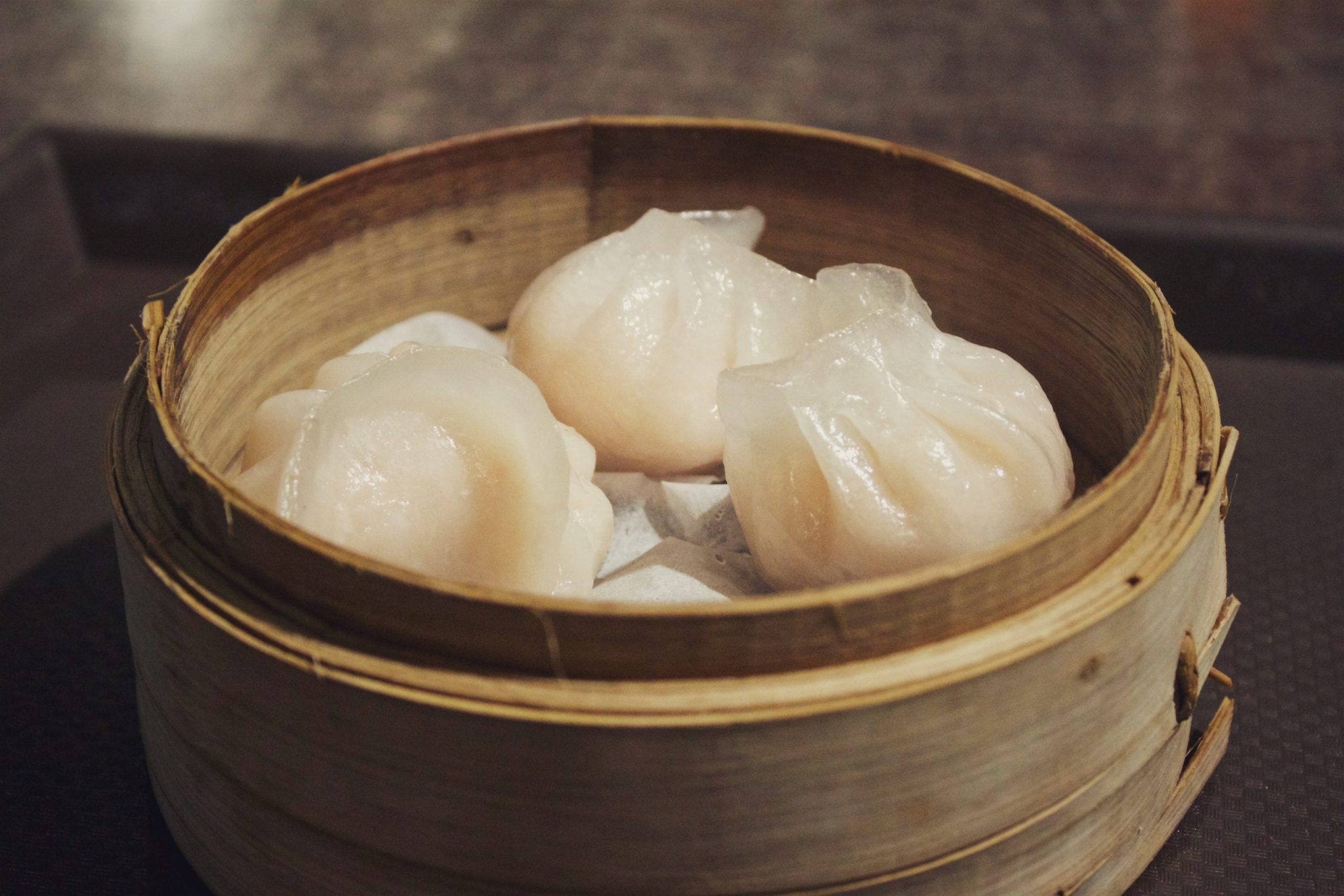
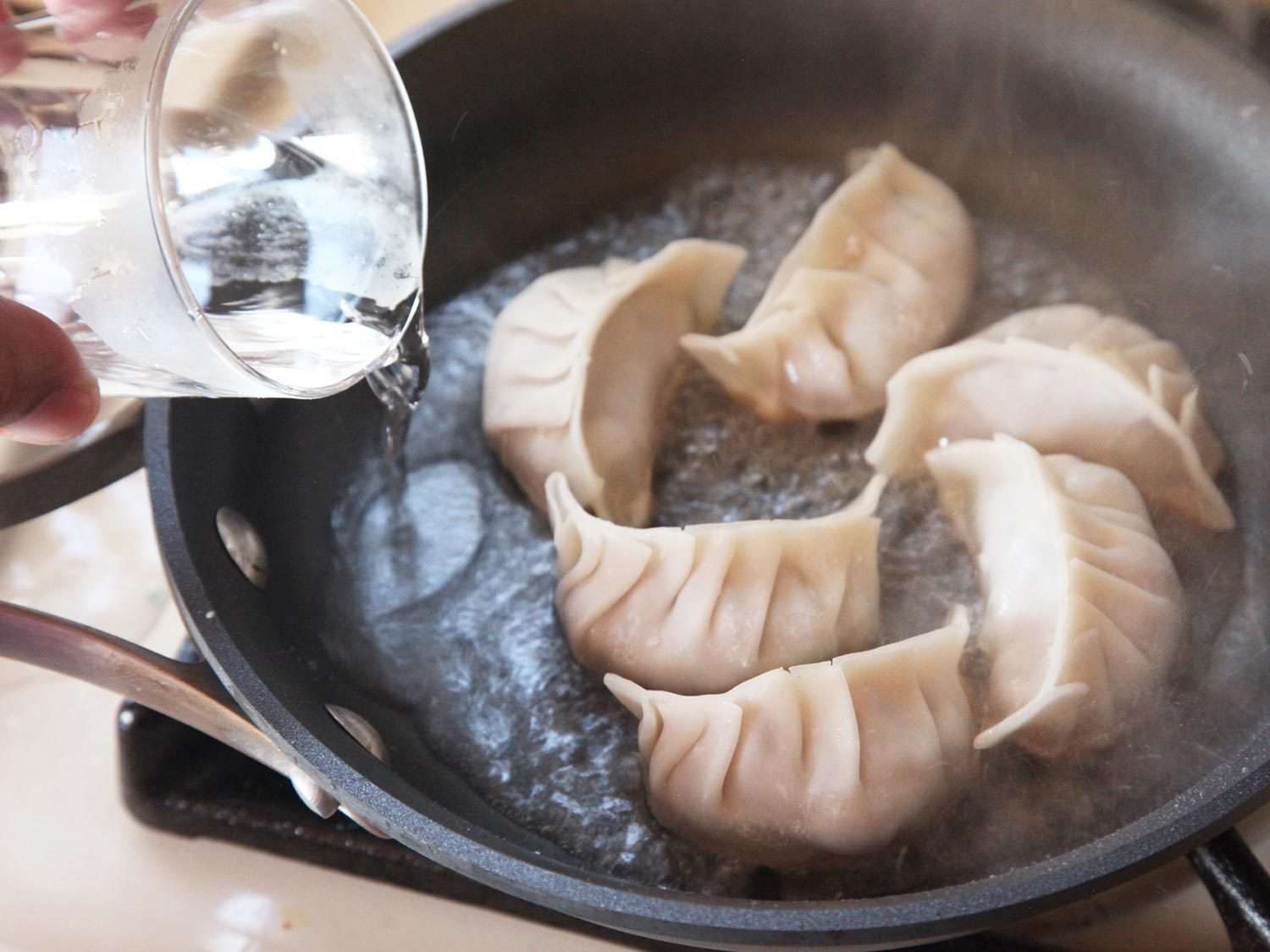
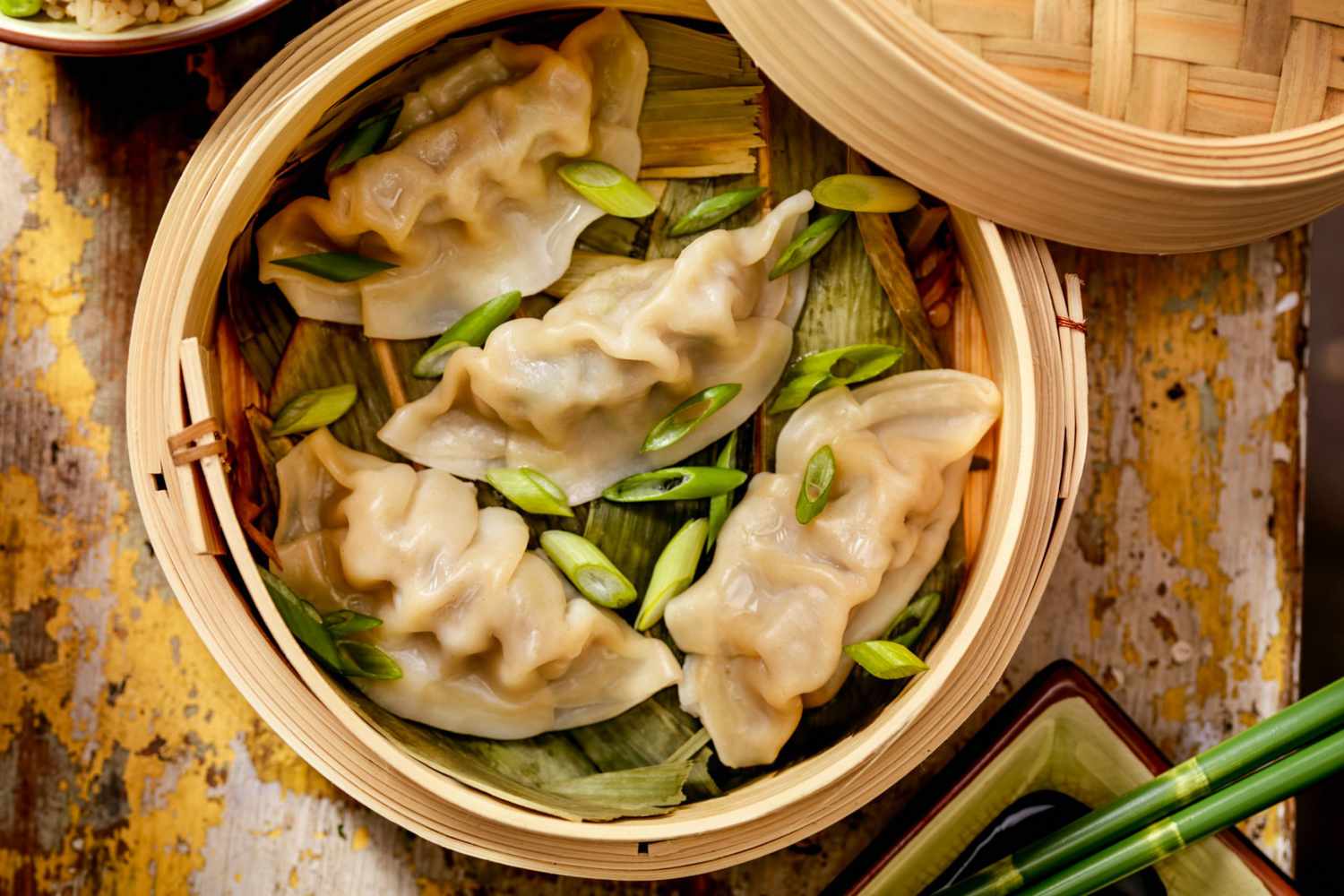
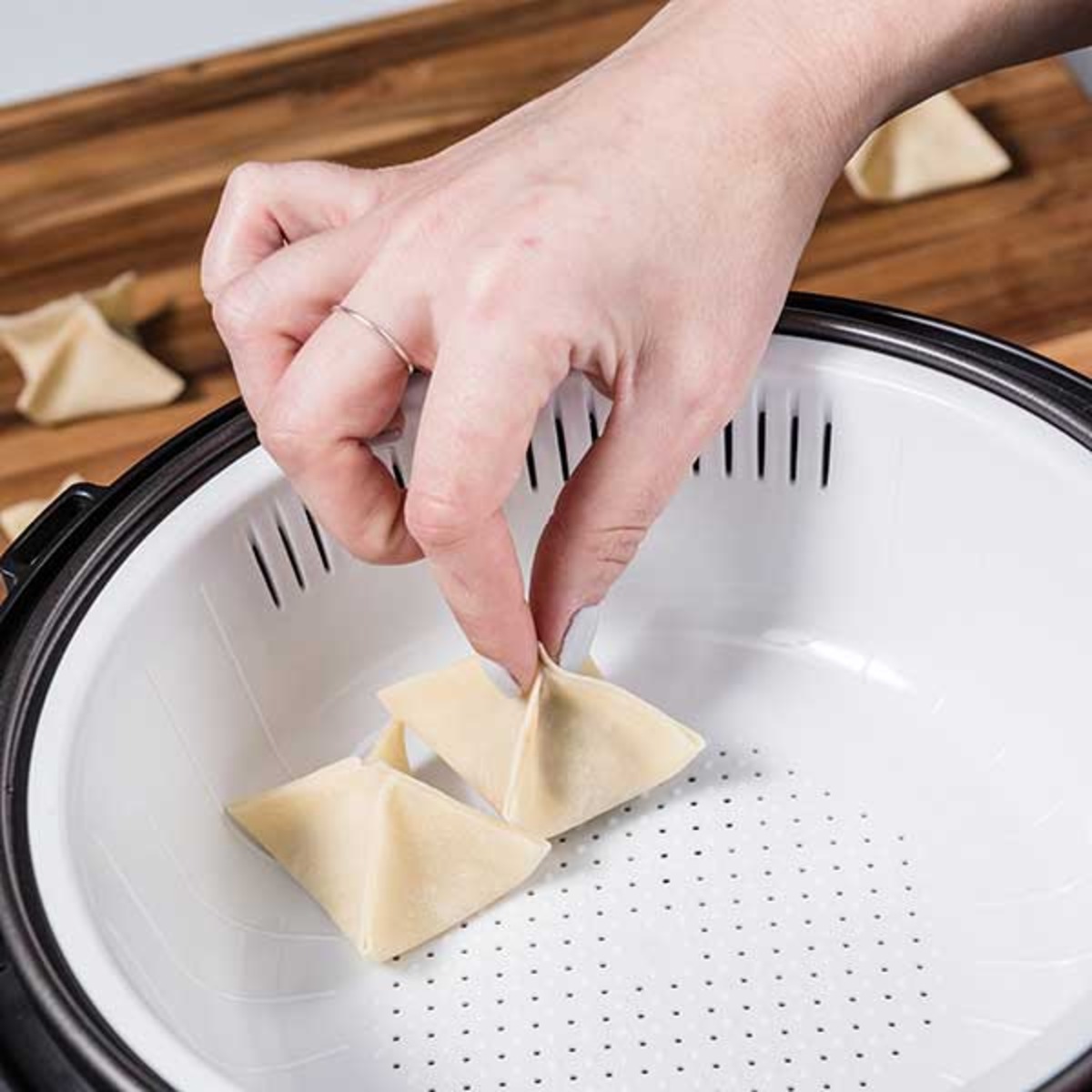
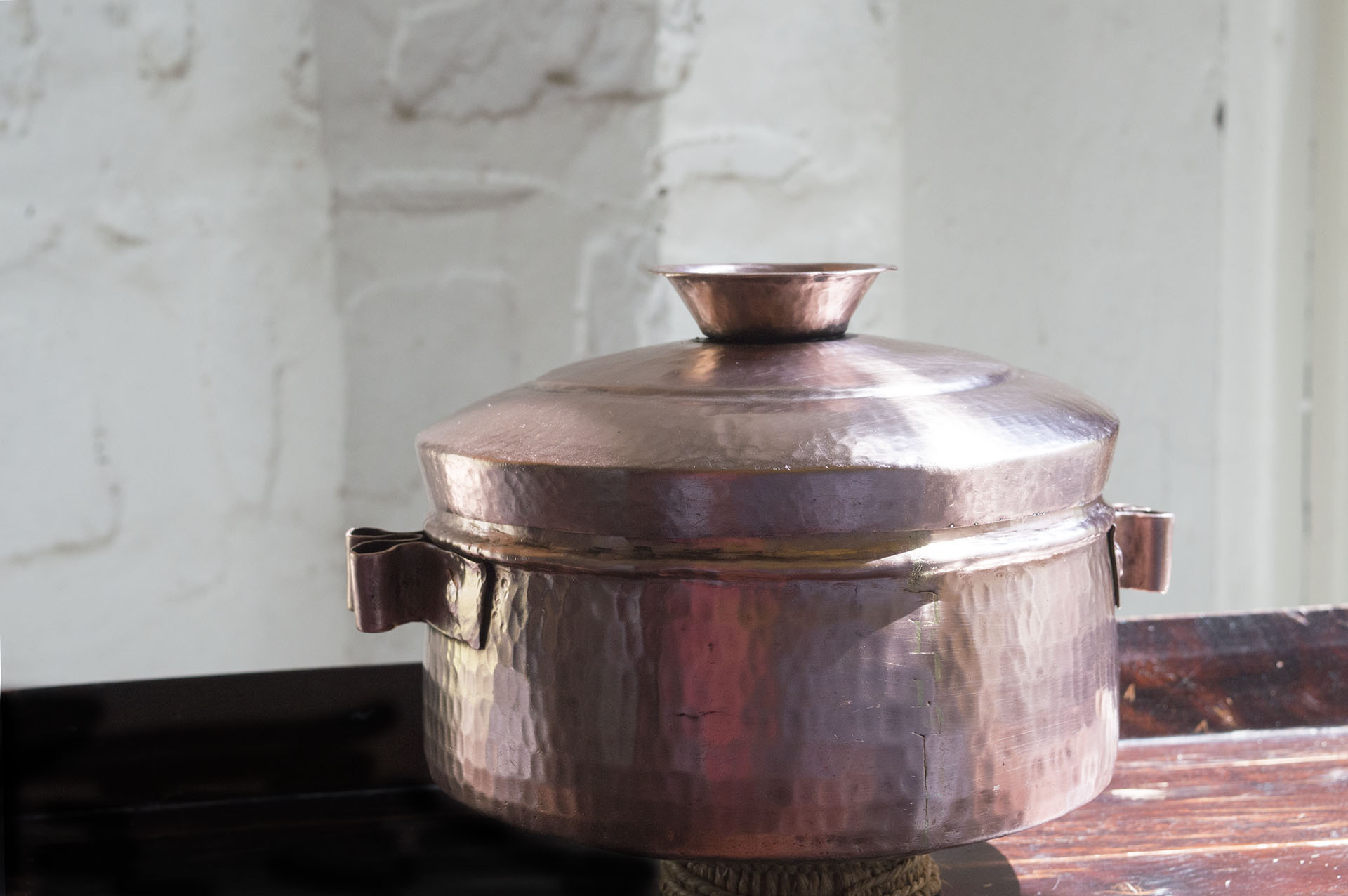
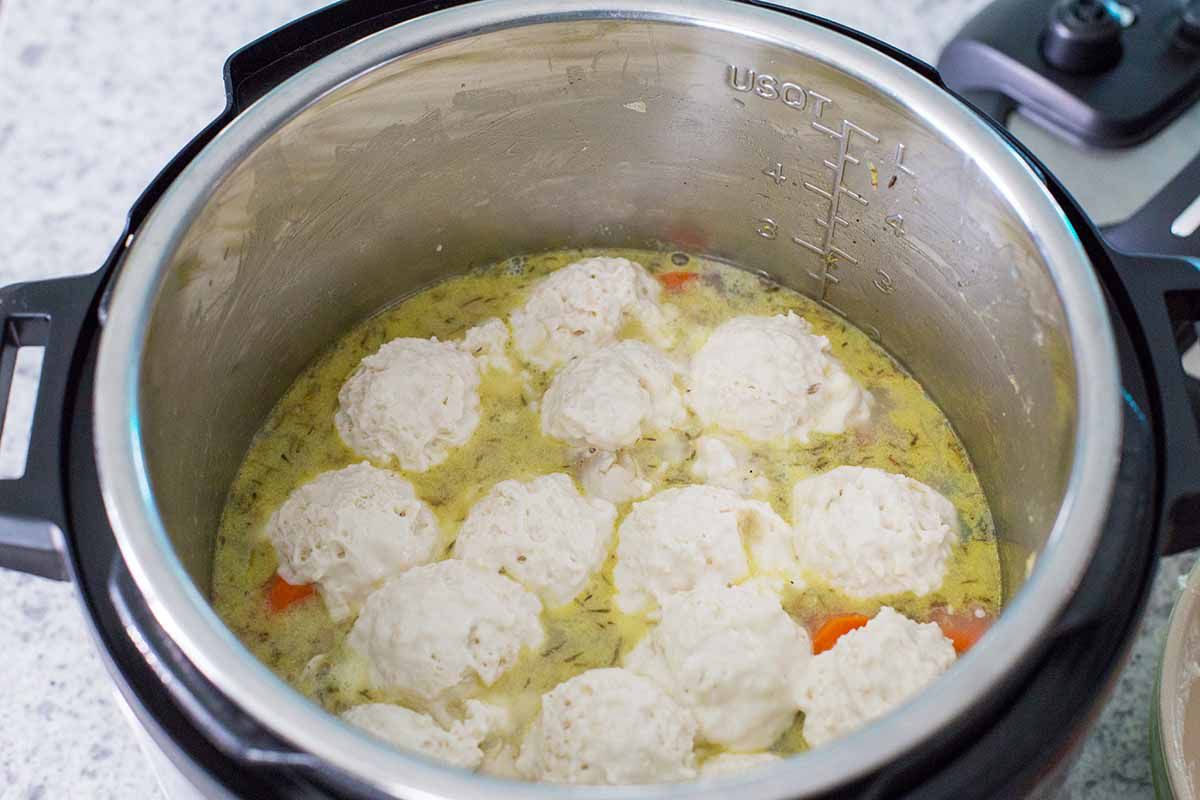
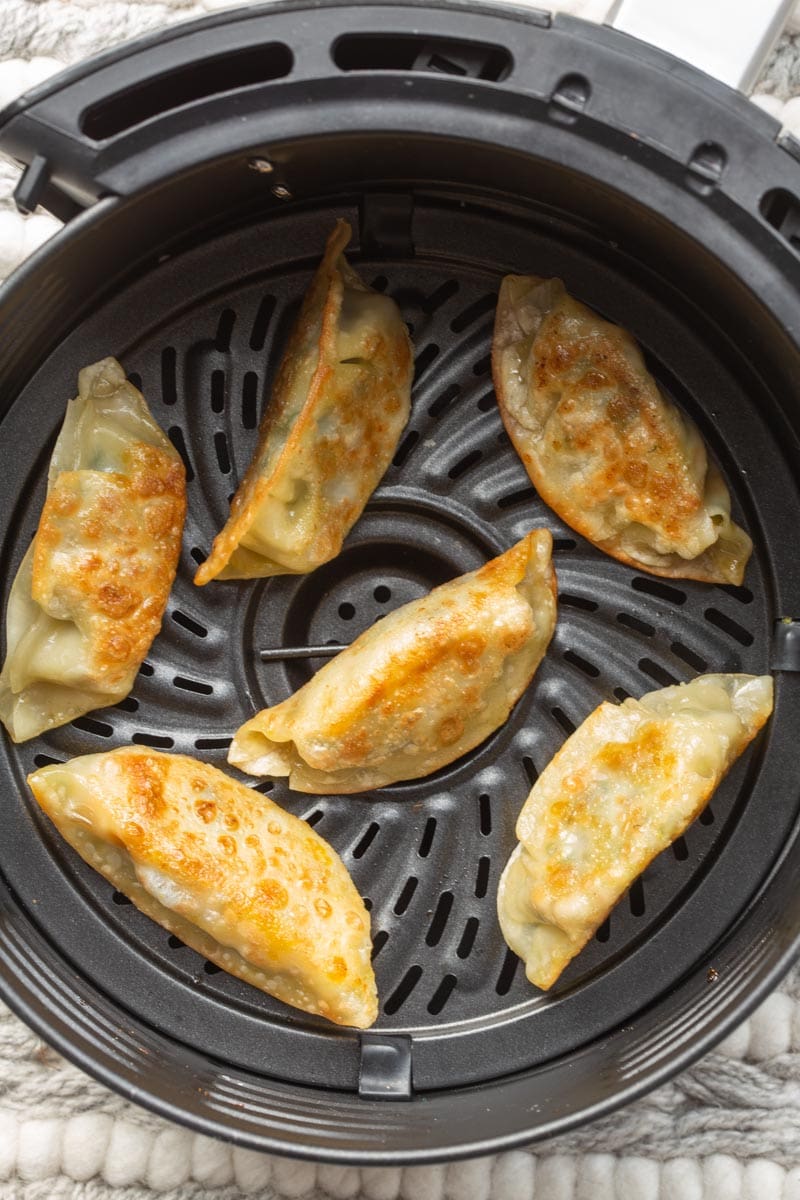
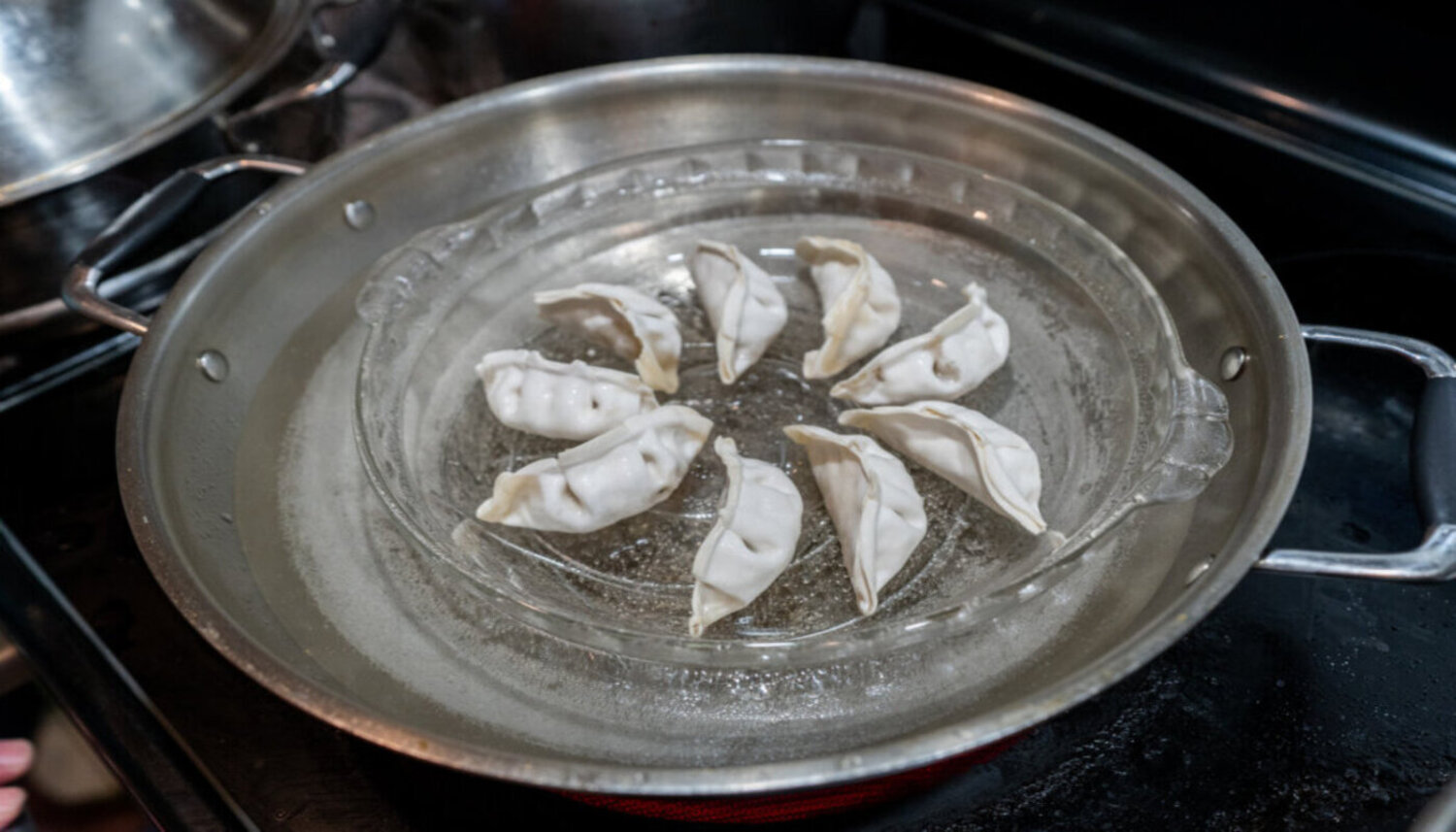
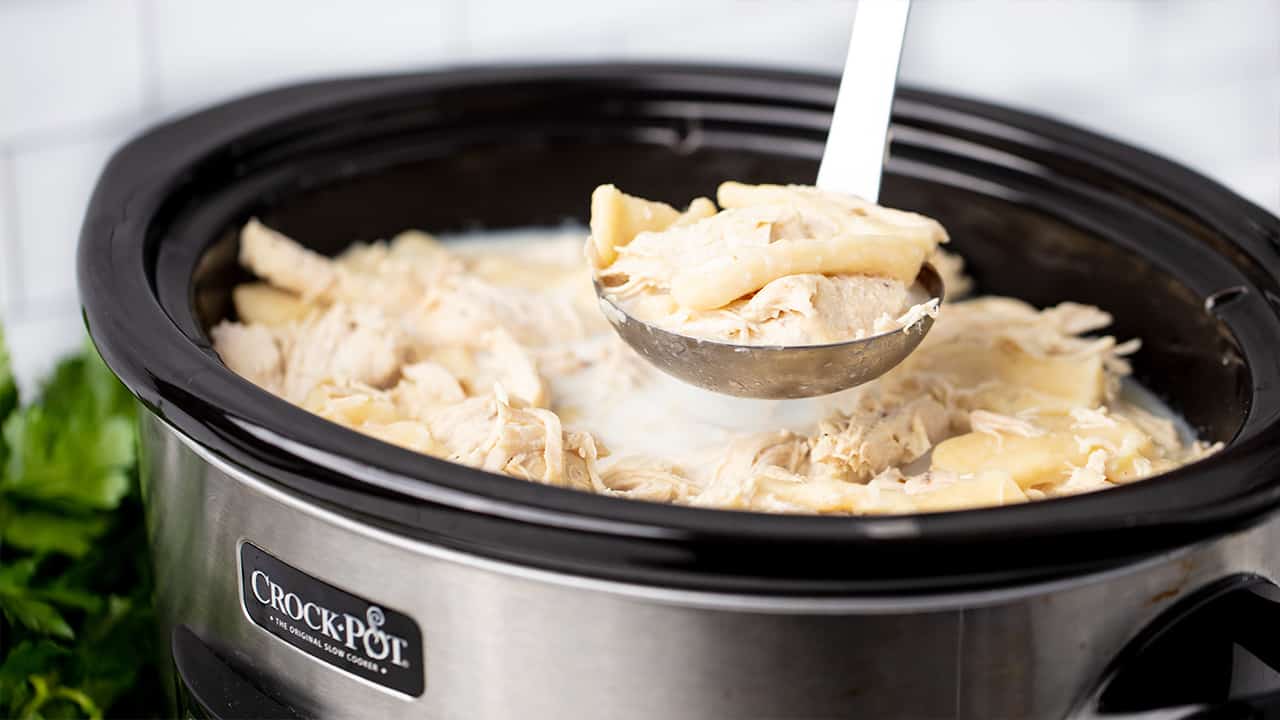



0 thoughts on “How To Store Dumplings”